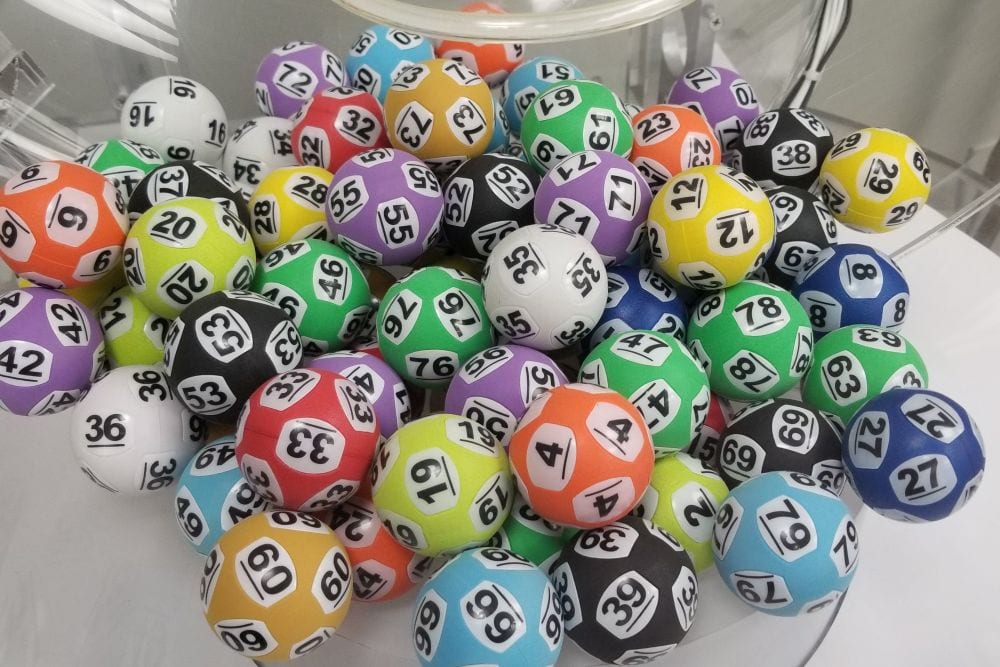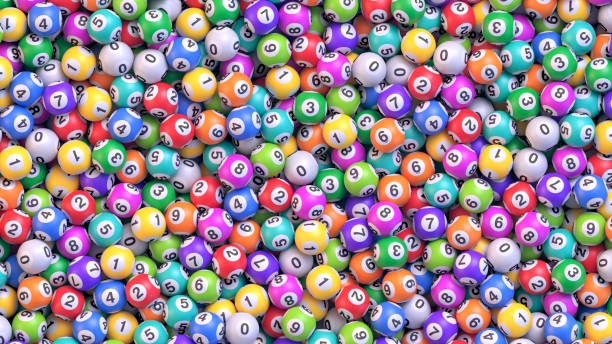
Behind the Numbers: Unraveling the Mysteries of Lottery Balls
The anticipation as numbers tumble in a machine, the palpable excitement of potential winners, and the iconic nature of lottery balls make them a symbolic centerpiece in the world of chance and fortune. But what do we really know about these numbered spheres? This article delves into the intricacies and truths behind lottery balls and the industry they represent.
The Manufacture and Standardization
Lottery balls are not just any ordinary balls picked off a shelf. Their manufacture is precise, ensuring that each ball has an equal chance of being selected. This precision maintains the integrity of the lottery system, keeping the game fair for all participants.
Standards are crucial. Typically, these balls are made of a combination of synthetic materials that ensure uniformity in weight, size, and density. The numbers on them are painted with care to avoid any weight discrepancies.
Furthermore, regular checks and replacements are done to ensure the balls retain their initial properties. This is to prevent wear and tear from influencing the outcome of the draw.
Security and Handling
With millions at stake, the handling of lottery balls is a serious affair. They are kept under strict security measures, akin to those used in banks or high-stake casinos. This is to prevent any tampering or bias in the draw process.
Before a draw, these balls often undergo thorough inspection, ensuring they remain uncompromised and in perfect condition. This transparency is essential to maintain trust among the lottery’s participants.
The Role of Technology
In recent years, the digital transformation has seeped into the lottery industry. Some lotteries have adopted computerized drawing systems. These digital systems generate random numbers, eliminating the need for physical balls.
While purists argue that this removes the tactile and visual thrill of watching balls tumble, proponents highlight the efficiency and increased security measures of such systems.

The Psychology of Numbers
Humans inherently seek patterns, and lotteries are no exception. Players often look for patterns in past winning numbers, hoping to predict future outcomes. This quest for patterns has given rise to numerous myths, strategies, and even superstitions surrounding lottery numbers.
The truth, however, is stark. Given the randomness of the draw, each combination has an equal chance of being selected. Past numbers have no bearing on future draws. Yet, the allure of deciphering a ‘code’ or ‘strategy’ continues to captivate many.
Lottery balls, in essence, represent the unpredictability and chaos inherent in life. Yet, the human spirit’s optimism sees them as beacons of hope and potential fortune.
Concluding Thoughts
Lottery balls, while simple in appearance, carry with them the weight of dreams, aspirations, and fortunes. The systems surrounding them, from manufacturing to drawing, ensure fairness and integrity in a game where chance is the only player.
As you watch those balls tumble during the next draw, remember the meticulous craftsmanship, rigorous security, and the blend of technology and tradition that stand behind every roll.
